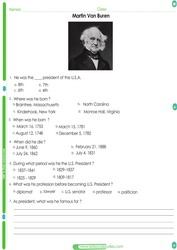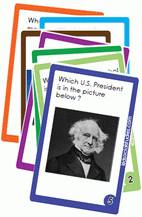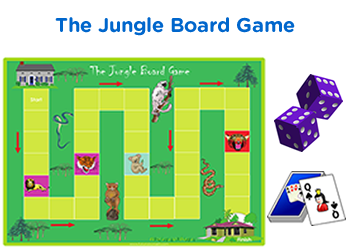Goods and Services - concepts in economics for kids
Goods and services - concepts in economics for kids - social studies skills studied in 2nd, 3rd, 4th, 5th grades.
The study of economics refers to learning how money is exchanged to a seller in return for something that a buyer wants or needs. People spend money on a lot of things, whether it be a basic necessity of life, like food, or something that they want, like a new pair of shoes or a book. All of the things that people buy, however, can be put into one of two categories: goods and services.
A Fun Economics Game For Children Online
The term goods refers to things that you can physically touch or pick up. If you go to a grocery store and buy a melon, you are buying goods from that store. These goods mean products that a store owner puts on a shelf and sells to a buyer. This is a very simple process.
Services refers to things that someone does for you. These things are not things that can be touched. Rather, they are actions. A service is something that someone does for you in exchange for money, usually because they have a set of skills that not everyone has themselves. A doctor, for example, gets paid for his services. He does not sell goods in his office; he is paid by patients for his actions by examining them to see if they are healthy and giving them medical advice. Continue reading below>>>
However, in some cases, it can become a little more complicated. Goods and services can become mixed. There are some sellers who provide both goods and services as part of their business. For example, if you go to a cafe and buy a blueberry muffin, your food is an example of goods. However, the cafe also provides services: they offer a nice table to sit at, music playing in the background, and workers who bring you napkins and silverware and clear away your dishes. All of these things are examples of services.
Some businesses work by performing services in order to make goods for customers. For example, a restaurant works by hiring someone to cook food for the people who come to eat. The restaurant’s service is making you a meal, but their service provides goods: the meal itself! In this way, understanding goods and services can sometimes become a little more complicated when you learn that they can sometimes be combined by a single seller or business.
In addition to all of this, there are two types of goods that are involved in this process: consumer goods and capital goods. Consumer goods are the final product, the object which goes on the shelf and is bought by a customer. Capital goods, meanwhile, refer to the objects that help produce consumer goods or services. For example, in a bakery, an example of a consumer good would be the loaves of bread that are baked and sold, while an example of a capital good would be the oven used to bake the bread or the pan that the bread rested on while it was made.
While it may seem a little complicated, it’s really very simple: goods can be seen and services cannot.




